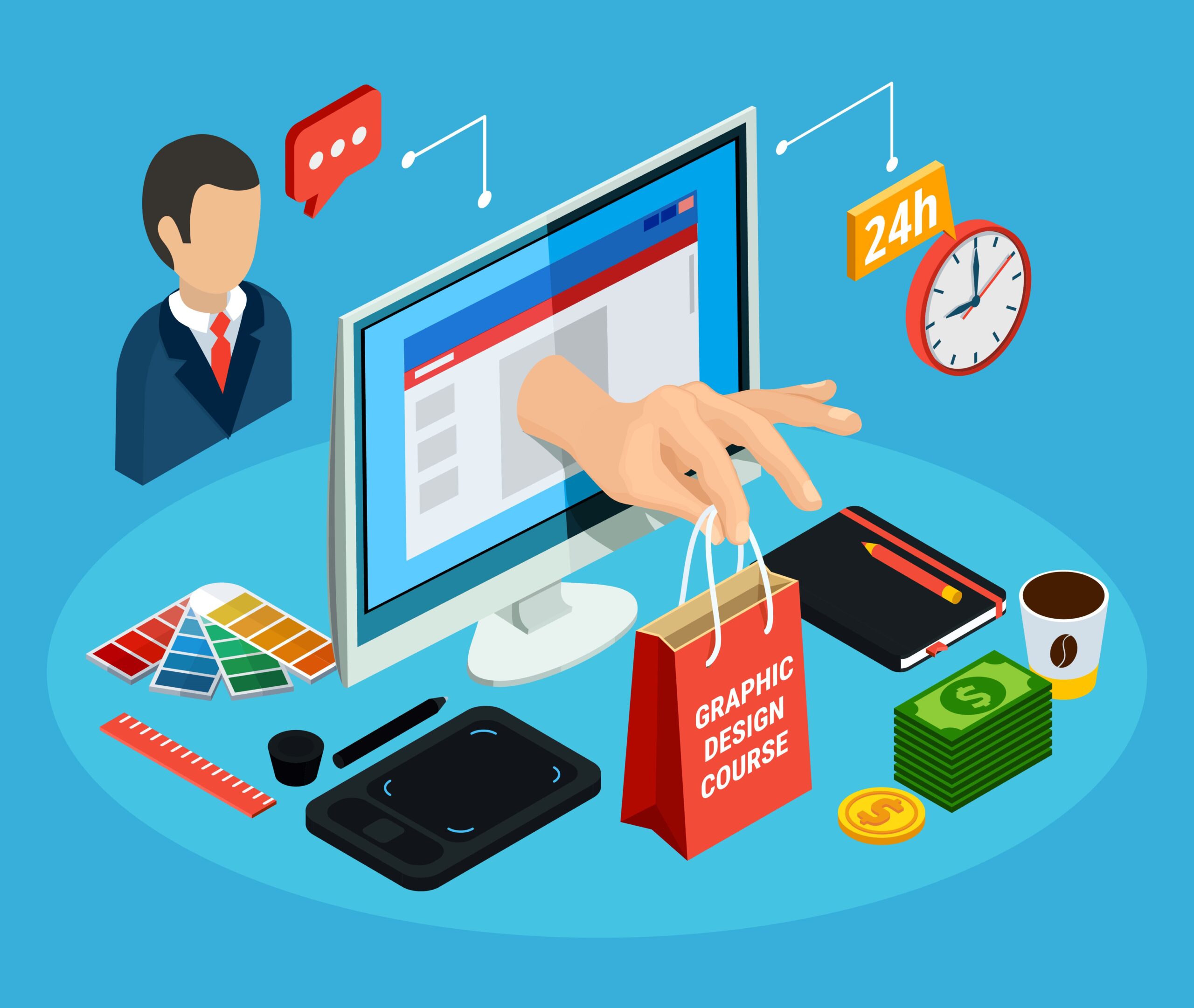Introduction
Online shopping is emotional—users judge visuals before they even read a line of text. In 2025, understanding UX/UI psychology is essential to driving sales. In this post, we’ll explore how color choices, layout, messaging, and psychological triggers like scarcity and social proof guide buyers to convert. Learn how to apply these principles through effective WordPress and WooCommerce design.
1. First 3 Seconds: Visual Trust Cues
- Professional logo and tagline: Build instant brand credibility.
- Secure badges: SSL, payment icons, trust seals reassure buyers.
- Clear messaging: A concise, benefit-focused headline.
- Quality imagery: Clean, high-resolution visuals signal professionalism.
2. Color Psychology & Brand Consistency
- Red for urgency: Best for sale CTAs (“Limited Time!”).
- Blue for trust: Common in finance and technology.
- Green for calming/buy: Works well for eco and wellness brands.
- Consistent use: Harmonious colors build brand coherence.
3. Typography & Visual Hierarchy
- Legible fonts: Sans-serif fonts for readability.
- Hierarchy:
- H1 for major headlines
- H2 for key sections
- Body text sizes that are easy on eyes
- White space: Reduces clutter and enhances focus.
4. CTA Placement & Design
- Color contrast: Buttons must stand out (e.g. orange on white).
- Action wording: “Add to Cart” > “Buy Now” > “Shop Now.”
- Multiple CTAs: Primary above the fold, secondary near content.
5. Navigational Ease & Cognitive Load
- Minimal menu items: Help users find category/product fast.
- Predictable layout: Search bar top-right, cart icon always visible.
- Breadcrumb navigation: Improves orientation and SEO.
6. Urgency, Scarcity & Social Proof
- Scarcity triggers: “Only 3 left!” prompts quicker decisions.
- Urgency tools: Countdown timers for flash sales.
- Social proof: Reviews, star ratings, customer testimonials.
- Quantitative proof: “Over 500 sold” builds trust.
7. Microinteractions & Emotional Design
- Animated feedback: Button color change on click, subtle hover effects.
- Progress indicators: E.g. “Added to cart!” message.
- Personalization: “Recommended for you” based on browsing history.
8. A/B Testing & Data-Driven UI
- Test headlines, CTAs, layouts.
- Use tools: Google Optimize, Hotjar, or Optimizely.
- Measure: Conversion rate, time on page, bounce rate.
Conclusion
Your site should speak to both mind and emotion: trustworthy design, clear hierarchy, urgency triggers, and feedback elements that guide users to buy. By infusing psychological principles into every UX/UI decision, you’re not just designing a store—you’re influencing behavior.
👉 Want your eCommerce site to sell smarter? Let’s build it together.

